The preparation and serving of fine as well as routine Japanese food is obviously mixed with things other than hunger.
MFK Fisher
Since my first visit to Japan in 1978, I have been drawn back again and again. On a recent trip in November, I dined on courses served in elegant processions at formal kaiseki restaurants, lingered in smoky drinking spots that served a variety of grilled skewers, sat at counters where tempura chefs fried baskets of seasonal ingredients to crisp perfection, experienced the ritual and flavors of traditional sukiyaki diners, slurped noodles at ramen, soba and udon shops.
How can such varied experiences all be quintessentially Japanese? I started looking for a framework to organize these different meals. Rather than try and find recipes to replicate what I’d eaten, I sought some underlying principles to make sense of what I had encountered on my travels.
An important guide has been Elizabeth Andoh, through her excellent books, Washoku and Kansha, 10-Speed Press. “Washoku” is a term often used to define Japanese food. It is used to describe both the culinary philosophy and the dishes prepared in that spirit. It is both practice and goal.
Selecting ingredients at their peak of seasonal flavor, choosing locally available foods from both the land and the sea, appealing to and engaging all the senses, using a collage of colors, employing a variety of food preparations and assembling an assortment of flavors, this is the washoku approach…it is the rhythm and flow in the kitchen
Washoku, Elizabeth Andoh
On the wall in my kitchen at home I have pinned up the five tenets or guiding principles of washoku. They are relevant to whatever I am preparing. I whisper them like an incantation before I start to cook.
Go Kan Mon

Five Tenets
Meals should be prepared and enjoyed in harmony with Buddha’s teachings.
- Respect the efforts of all those who have worked to grow and prepare the food you are eating.
- Strive through your deeds to be worthy of the gift of a good meal.
- Come to the table without anger.
- Pursue spiritual as well as secular well-being.
- Be engaged in the struggle for enlightenment
Go Shiki
Five Colors
The cook should try to include foods that are red, yellow, green, black, and white in every meal. If you follow this visual guideline, nutrition comes naturally into balance.
Go Mi
Five Tastes
The cook aims to create a harmonious balance of flavors- salty, sweet, sour, bitter and spicy. The goal is to stimulate but not overwhelm equilibrium.
Go Ho
Five Ways
The cook should incorporate different cooking methods- simmering, broiling or grilling, steaming, frying, and using raw foods in the same meal. This creates a structure for the meal.
Go Kan
Five Senses
The cook needs to be mindful not only of taste but also of all the senses-sight, sound, smell and touch.

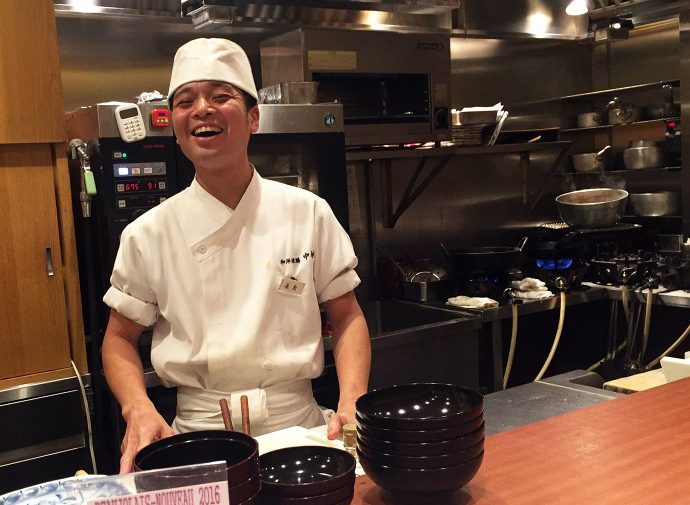
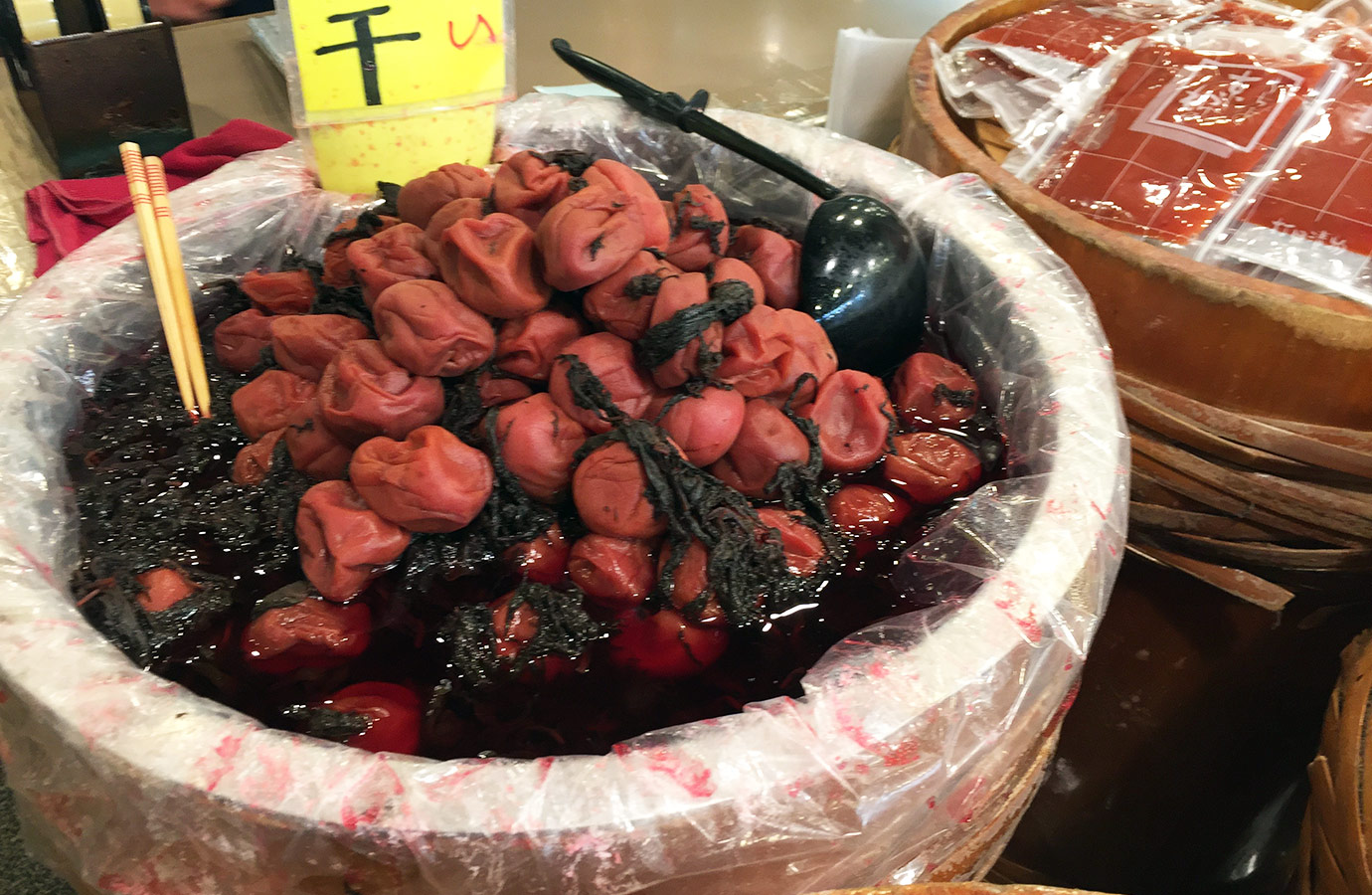
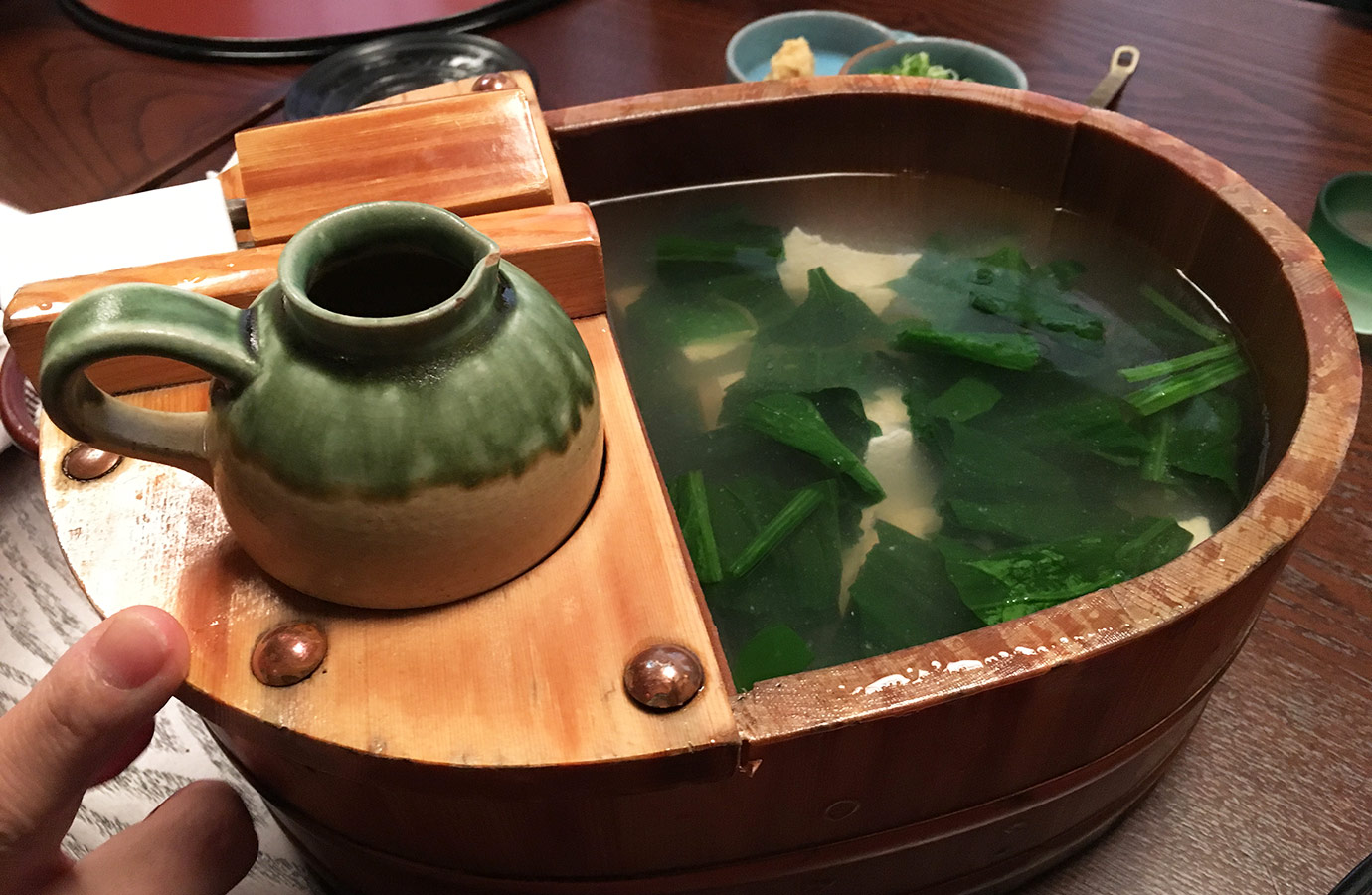
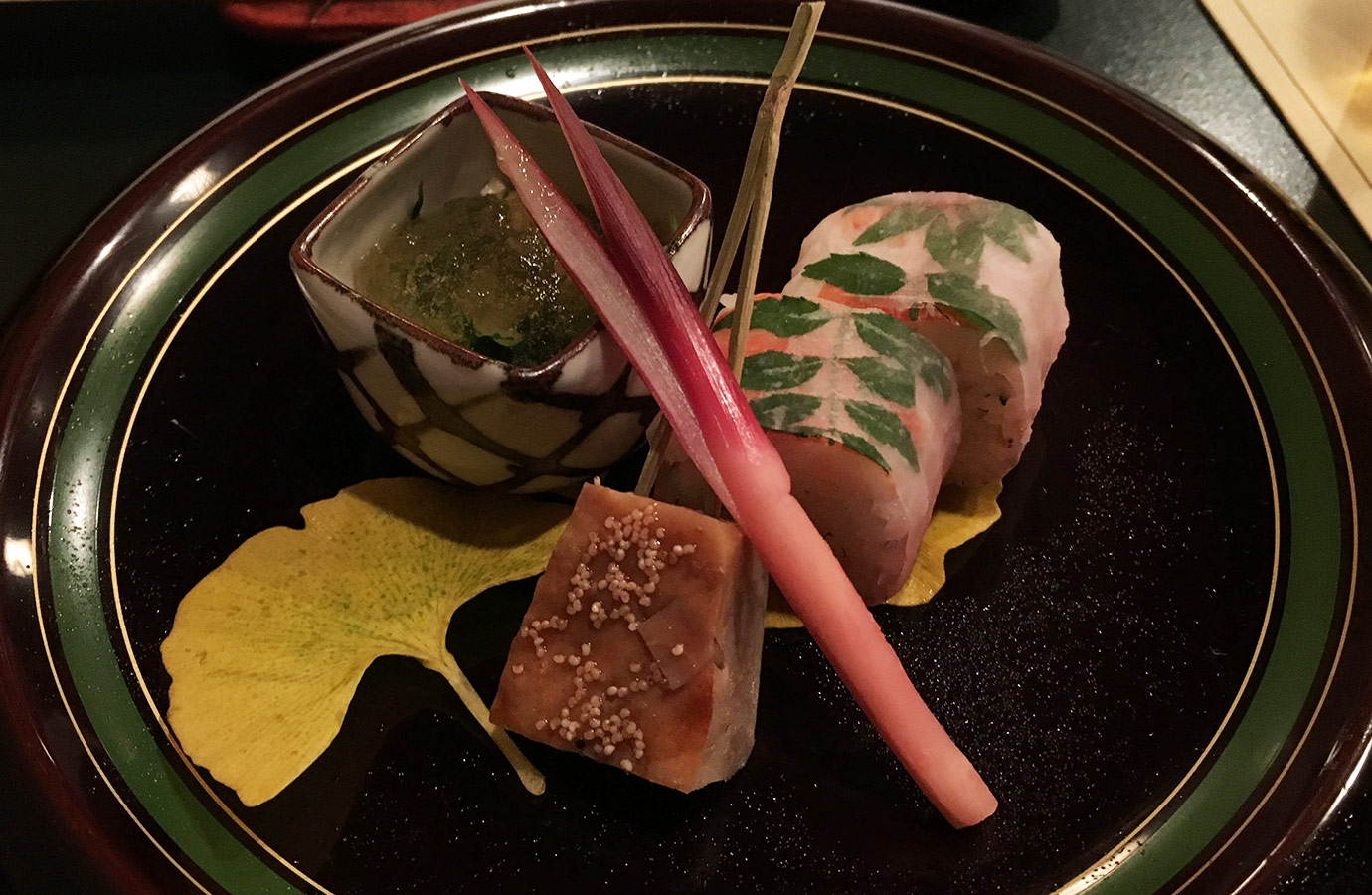
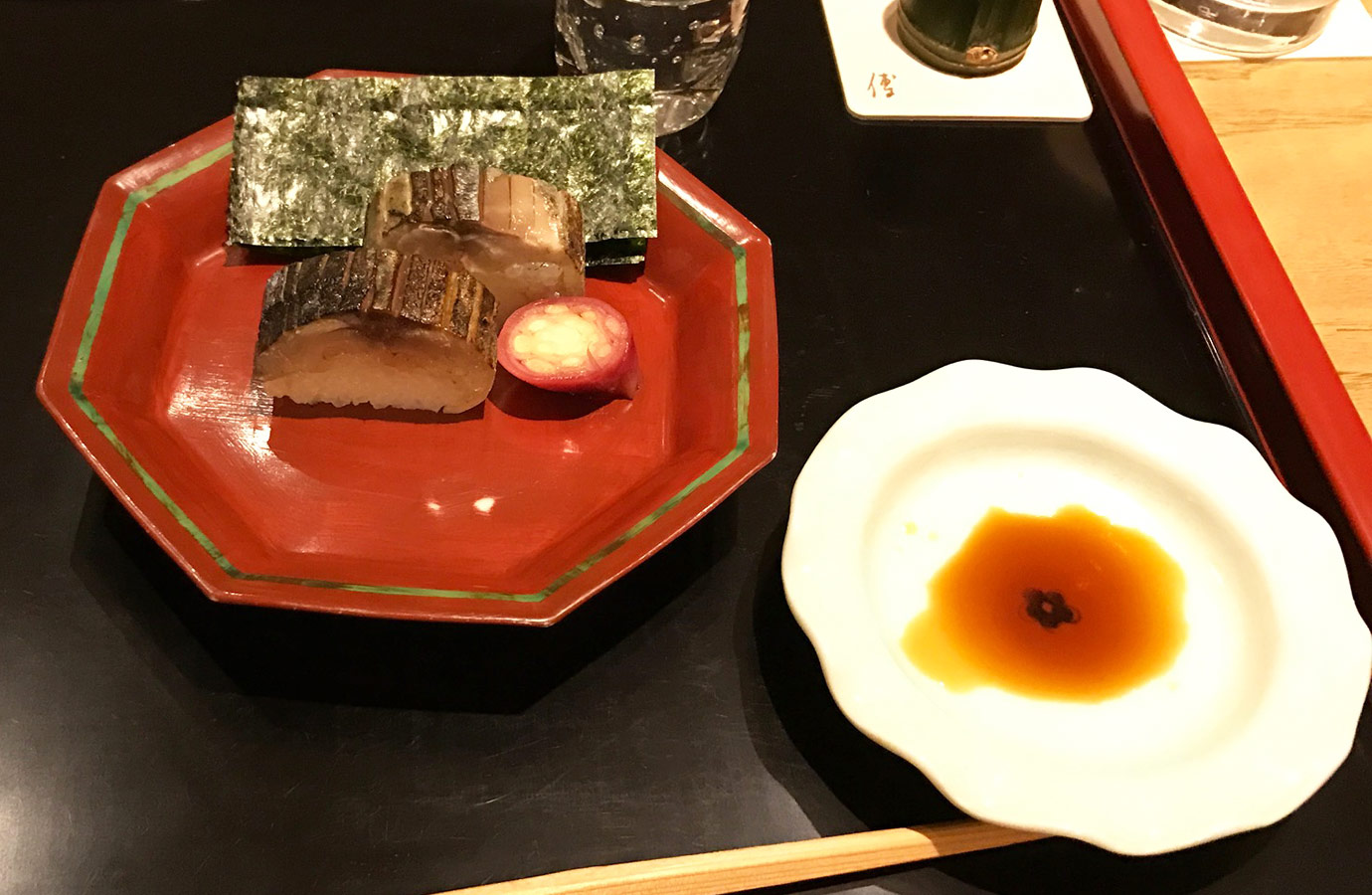
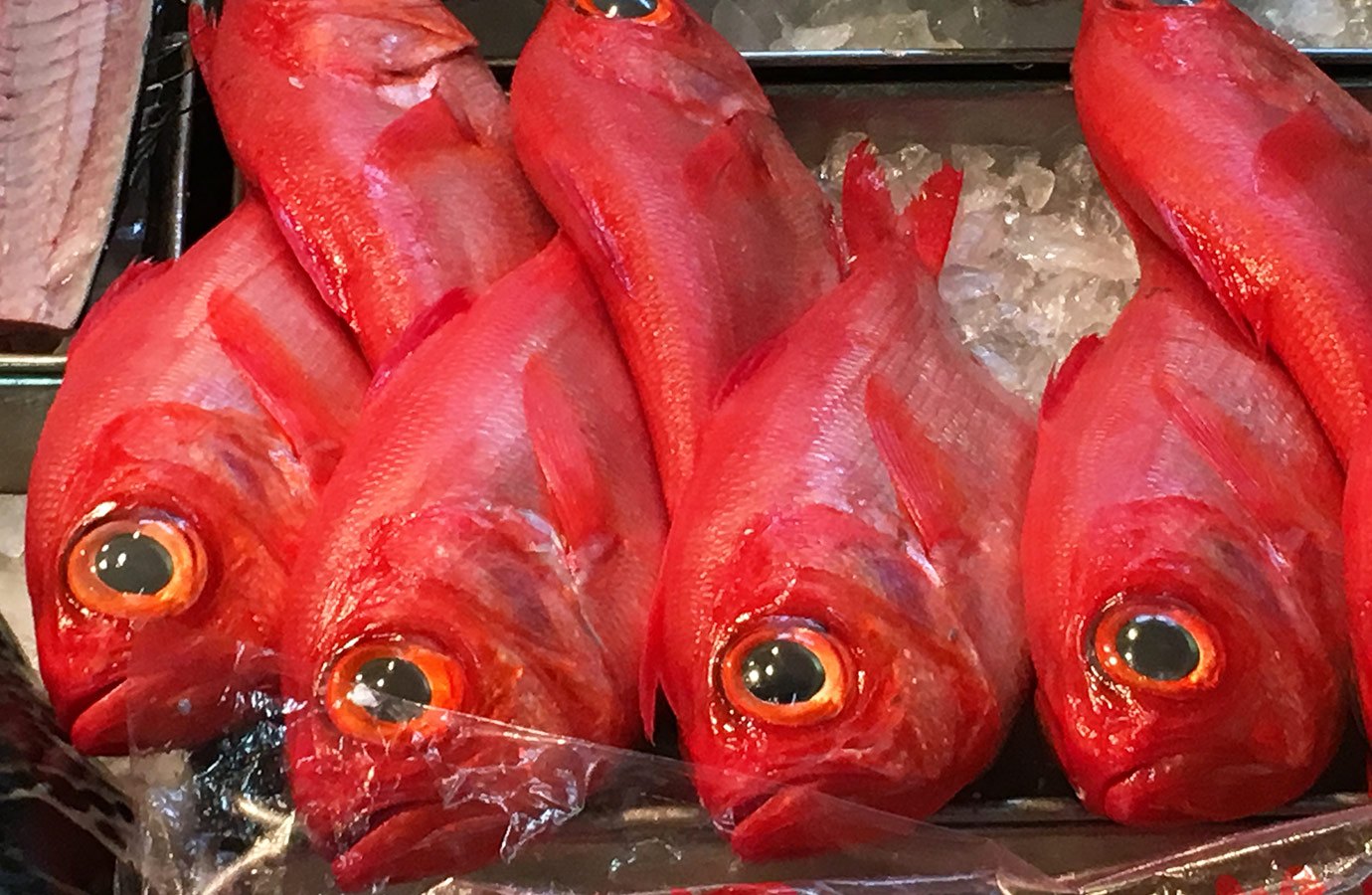
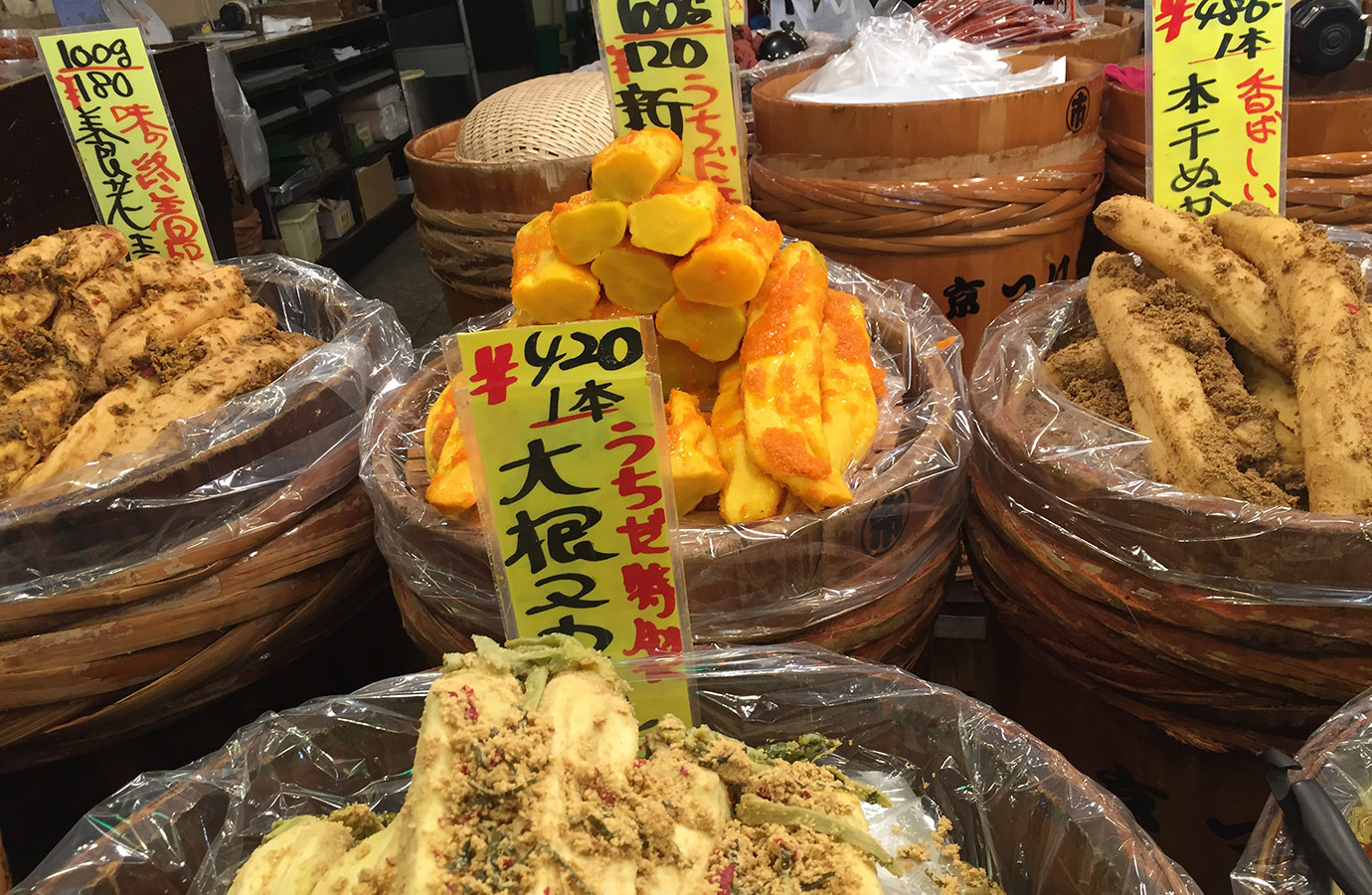
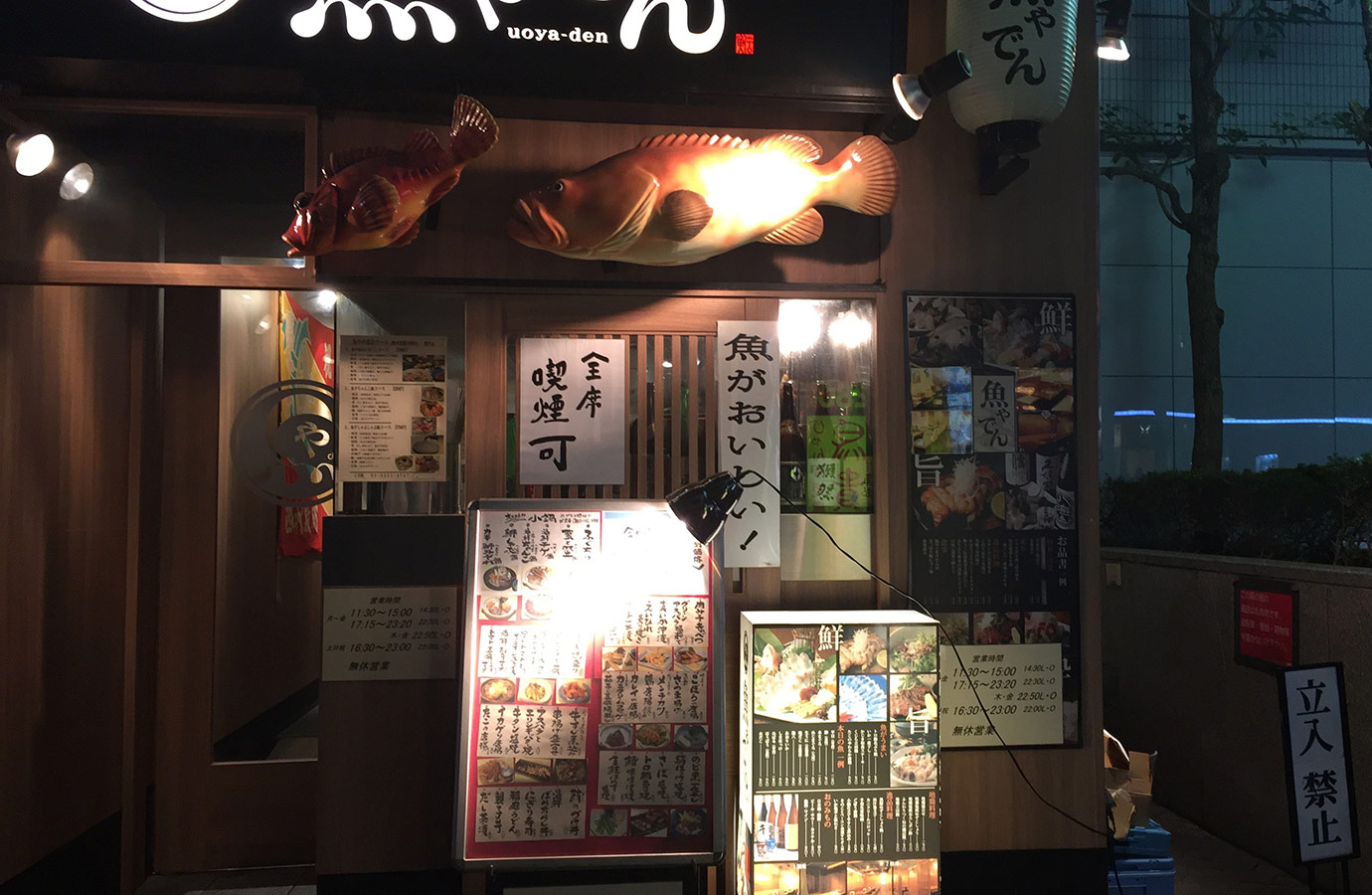
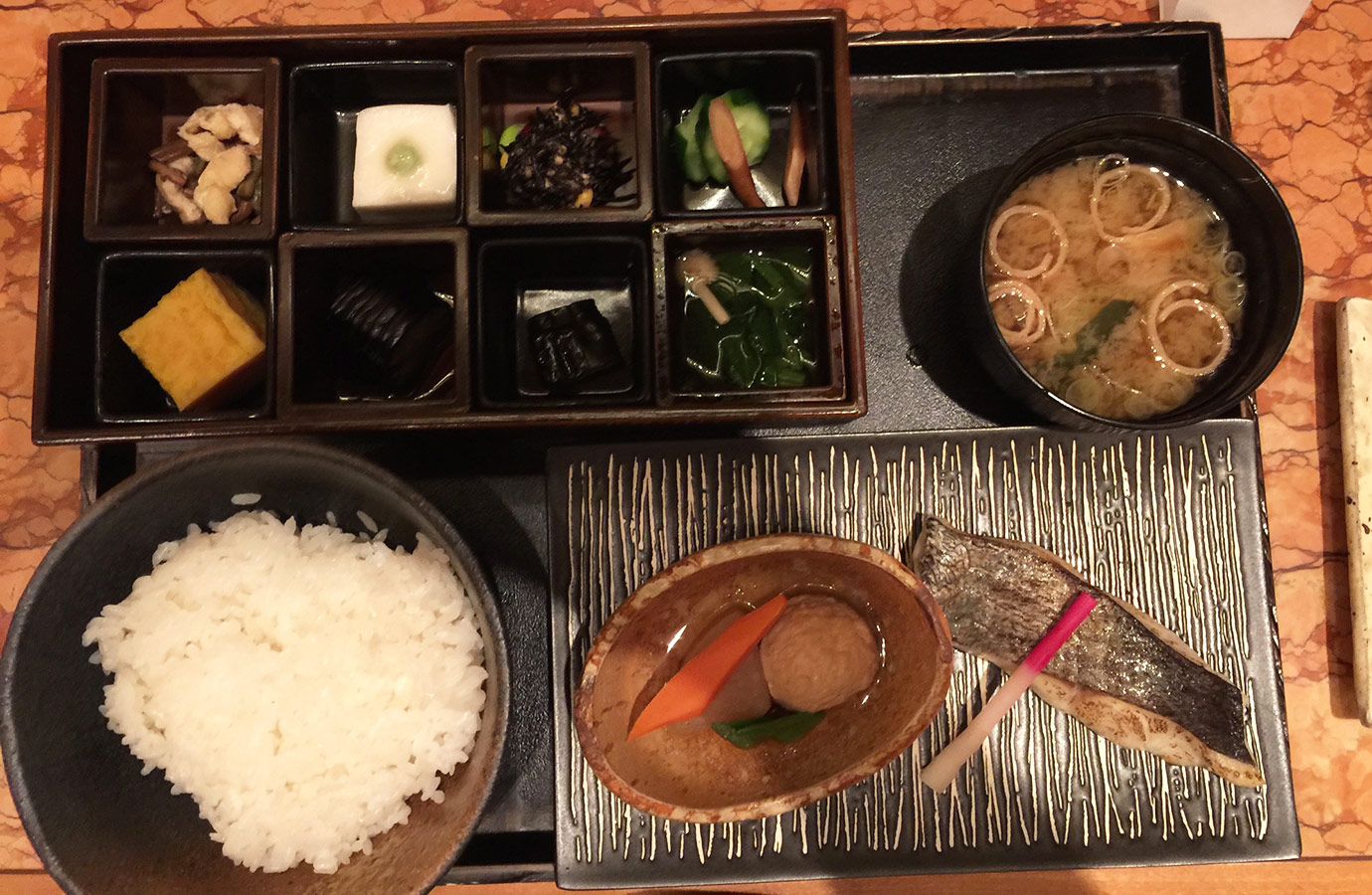
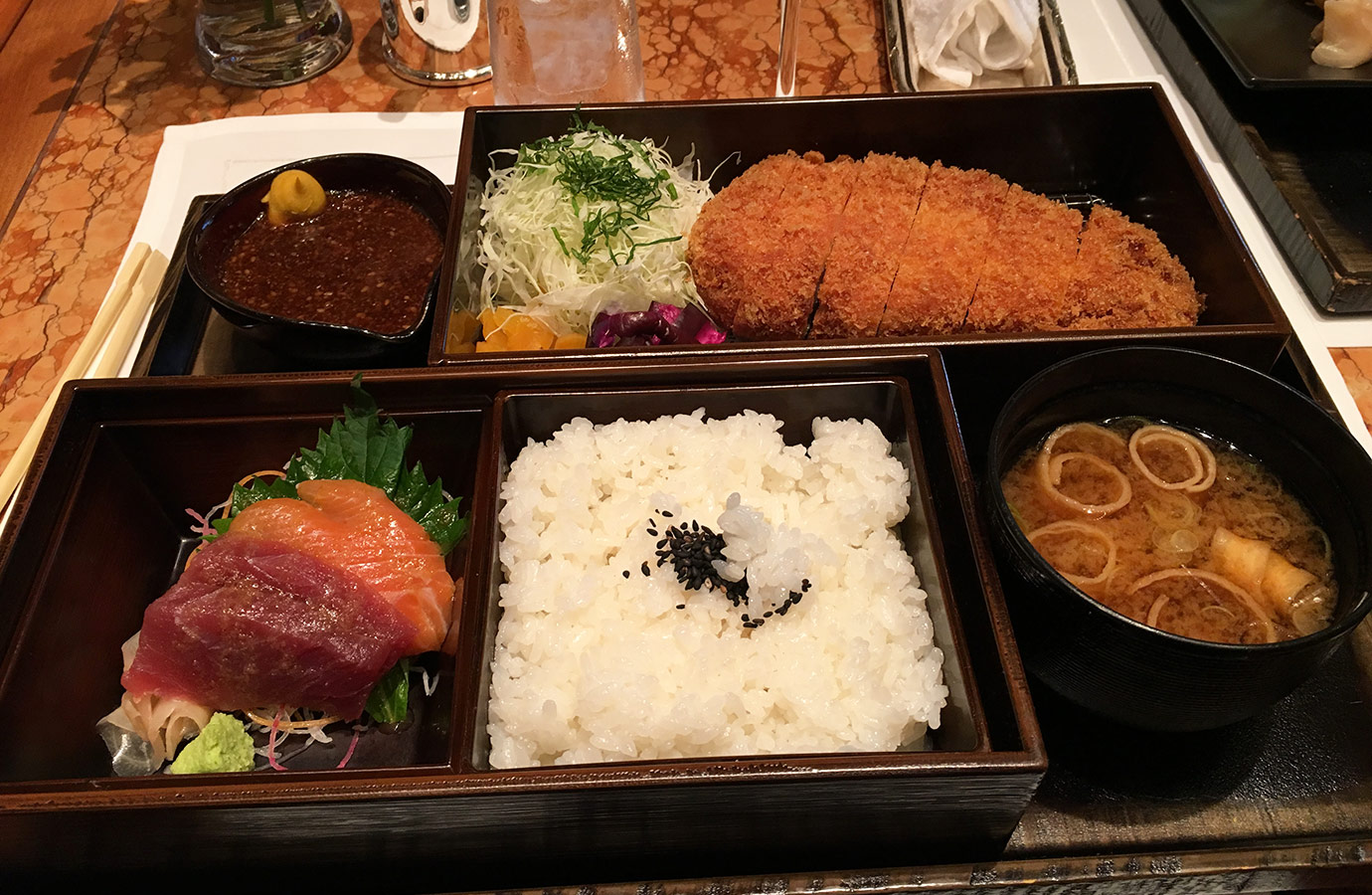
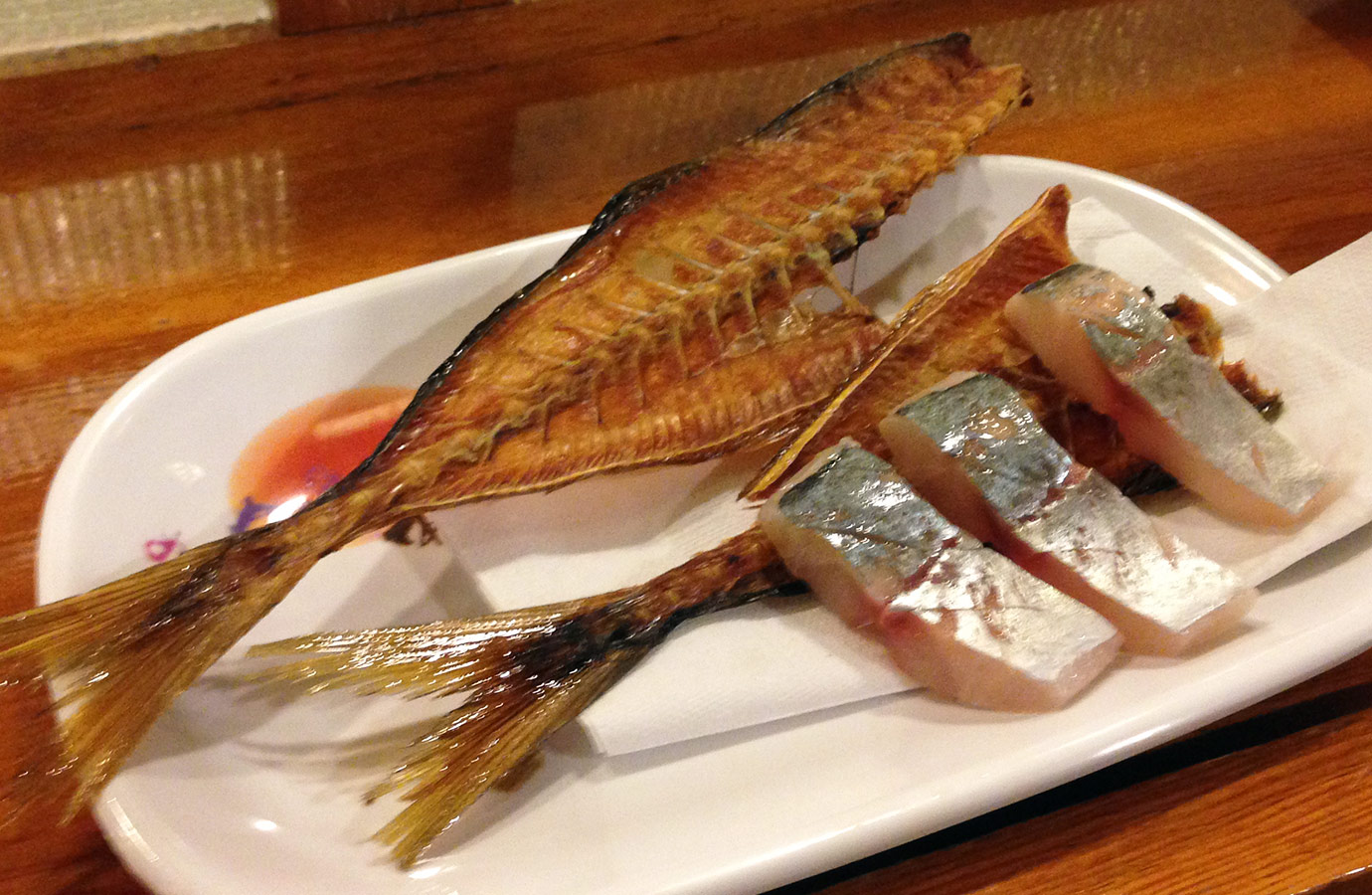
The 5 tenets are amazing…thank you for sharing!
Everyday, in every way, I see these tenets alive in our kitchen.
This is beautiful, Lisa! What a mantra!
i will start to use these in my everyday life as well. Thank you for enlightening me. You are an amazing woman and a great teacher.
Thank you, Lisa, for the brief introduction to Washoku which leaves me hungry to learn more and in depth. Your photos from your Japan visit are perfect accompaniments to the text.
So lovely and so reminiscent of my visit to Japan . . thank you!
At the risk of messing up the unity of the Five, we just wanted to say that this is beautiful in word and image. In conveying the ethos and aesthetic of Japan you also express the spirit that animates your life’s work. With appreciation and love, Angie and Eric
Wow! Thank you.
Lisa,
A beautiful post and a much needed inspiration right now. It’s been a struggle navigating food service lately so articles like this help re focus our purpose as cooks.
Thanks so much for your comment chef.
In the realm of gastronomy, Japanese cuisine stands as a testament to a profound culinary philosophy that extends far beyond the art of preparing and consuming food. Rooted in a rich tapestry of tradition, seasonality, and an unwavering respect for the intrinsic flavors of ingredients, Japanese culinary practices embody a harmonious blend of philosophy and artistry.
Origin: https://www.dozosushi.co.uk/2023/12/15/the-culinary-philosophy-behind-japanese-cuisine/
Thanks so much for sharing this. Best wishes for the new year. Lisa